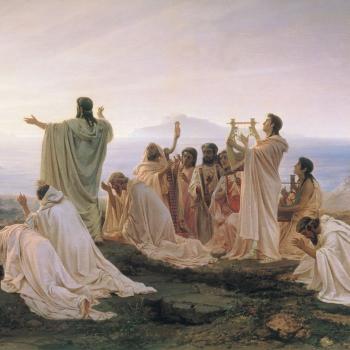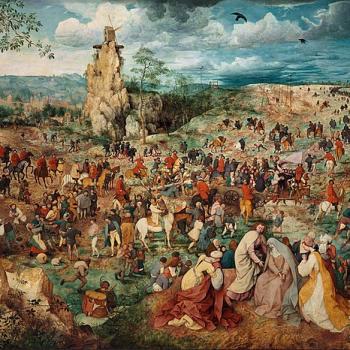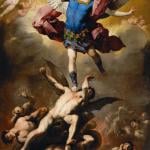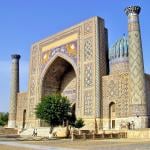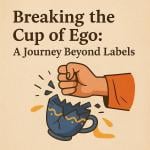
I’m several days late in calling attention to something that I recently published in Meridian Magazine. I can only offer as my defense that I’ve been very busy elsewhere and that I’ve been off of my customary routine: “Things Deserving of “Awesome Wonder””

Up today in Interpreter: A Journal of Latter-day Saint Faith and Scholarship is an exchange about the process of translation by which the English Book of Mormon was produced. It occurs in three parts:
- “Joseph and Oliver Told the Truth about the Translation: A Response to Brant Gardner’s and Jeff Lindsay’s Reviews,” written by James W. Lucas
Abstract: Two recent reviews of By Means of the Urim & Thummim: Restoring Translation to the Restoration by Jeff Lindsay and Brant Gardner seriously misrepresent the book’s argument. Perhaps most significantly, they largely sidestep the book’s central thesis that the statements by Joseph Smith and Oliver Cowdery that the Book of Mormon was translated from the plates using the “Urim and Thummim” interpreters which God provided with the plates should be at the center of any account of the Book of Mormon’s production. Prioritizing problematic and unreliable seer stone accounts conflicts with the testimonies of these primary eyewitnesses, and thus is not a useful basis for formulating any faithful understanding of the coming forth of the Book of Mormon.
[Editor’s note: We are pleased to present this response to two recent book reviews in the pages of Interpreter. Consistent with practice in many academic journals, we are also publishing a rejoinder from the authors of those reviews immediately following this response.]
Abstract: James Lucas had the opportunity to respond to the review of the book that he and Jonathan Neville wrote, By Means of the Urim & Thummim. He elected not to really respond to the issues I brought up but rather summarized his essential points. That doesn’t leave much to respond to. However, there is a continuing misunderstanding of how historians work that I feel must be underscored.
- “Honorable Intentions with an Unreliable Methodology: Lucas’s Response Underscores the Problems,” written by Jeff Lindsay
Abstract: James Lucas has made a passionate response to the negative review I offered for his and Jonathan Neville’s book By Means of Urim & Thummim. Though we agree on many important issues, there are some troubling gaps that readers of their book need to understand. Some of these issues may be illustrated in the methodology of Lucas’s response. In general, the unreliable methodology and its often extreme, unnuanced approach to dealing with complex, unclear issues must be challenged, as painful as that has been. The complaints in my review remain intact if not further underscored by Lucas’s response. The basic concern remains that the approach taken in the book not only represents inadequate scholarship, but may improperly stir disrespect for the modern Church and its leaders.
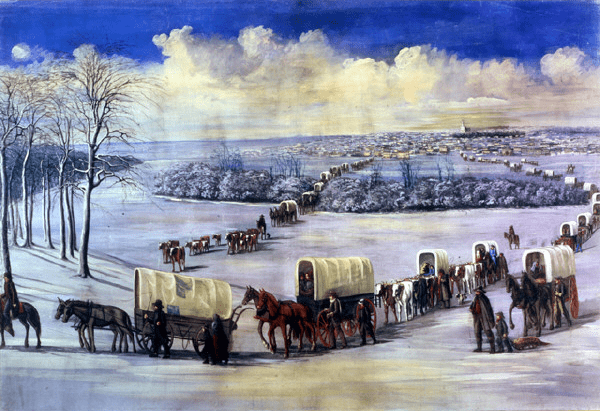
I seem to have two fairly distinct memories of the film strip that I watched when I went to the Community of Christ visitors center in Nauvoo for the first time, many years ago.
The first of them concerned the treatment of Joseph Smith’s First Vision. The Community of Christ, long known as the Reorganized Church of Jesus Christ of Latter Day Saints, has moved away from Joseph Smith’s teaching of distinct beings in the Godhead and that “the Father has a body of flesh and bones as tangible as man’s; the Son also” (Doctrine and Covenants 130:22). Instead, part of its statement of “Our Basic Beliefs” reads as follows:
We believe in one living God who meets us in the testimony of Israel, is revealed in Jesus Christ, and moves through all creation as the Holy Spirit. We affirm the Trinity—God who is a community of three persons.
Presumably under the influence of that seemingly conventional Trinitarianism, the film strip said of Joseph Smith’s First Vision that, confused by the religious divisions that he encountered as a young man, he retired to a grove of trees near his home in western New York to pray and that, while praying in the woods, “he sensed God’s call.” And that was it. I remember immediately thinking that this was rather like saying that, when Abraham Lincoln attended that play at Ford’s Theater, he encountered the strongly held political opinions of John Wilkes Booth. The summation seems to me to lack some of the, umm, nuances and details that one might have expected to hear about.
And then, summarizing what happened upon the assassination of Joseph and Hyrum Smith at Carthage Jail, the film strip noted that the members of the Church in and around Nauvoo were leaderless and uncertain and that, in the aftermath, some of the Saints went down to Texas, some went to Wisconsin, some remained in the Great Plains, some made their way to Pennsylvania, and some headed off into the valleys beyond the Rocky Mountains. I thought that it might have been worthwhile to note that the group that trekked to the Great Basin West was many times the size of any of the other groups, or even of all of them considered together, and that a large majority of the Quorum of the Twelve accompanied and led the exodus.
Anyway, my visit to the former visitors center a couple of days ago was rather different than my first one. The Reorganization is gone; the circular space is still visible where their seal once appeared on the wall to the left of the main entrance, but the seal is nowhere to be seen. The building is somewhat empty these days. It’s beginning to be used as an office for the person who supervises Latter-day Saint historic sites and properties in Illinois. We used its former theater for recording voiceovers for our Becoming Brigham project.
I don’t want to seem to gloat over the fact that my church now owns not only the former visitors center but other significant properties in Nauvoo that belonged to the “Reorganization” until a year ago (March 2024). These include, for example, the Smith Family Homestead, the Mansion House, the Nauvoo House, and the Red Brick Store. I’m not triumphant or triumphalist about it. But I am, I readily admit, quietly joyful about their having come into our possession. I know that our separated brethren were deeply saddened by their financially-constrained sale of the Kirtland Temple and all of those other properties and artifacts, that they were hurt by the transaction and are still in pain. But I am not neutral between the claims of the two churches, and I believe that these sites and objects have now come home, to their proper stewards.
And it was always ironic (if not altogether a devilish prank) that both Kirtland and Nauvoo showcased powerful physical evidence of religious division in a movement that began with the prayer of a young man who was distressed by, precisely, religious divisions and who sought a resolution to the conflicts caused by them. (See Joseph Smith – History 1:5-20.) I’m gratified that the sites in Kirtland and Nauvoo are now in the custody of — let me put it bluntly — the Lord’s true church. However, I have also been happy to observe, a few months back in Palmyra and Kirtland and now, more recently, in Nauvoo, that the Church and its representative appear to be treating our spiritual cousins in the Community of Christ not only with respect but with kindness, sensitivity, and charity.










